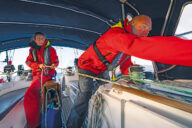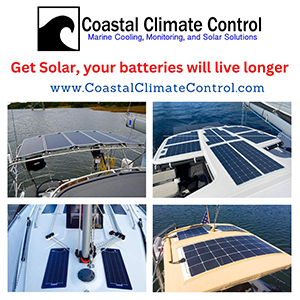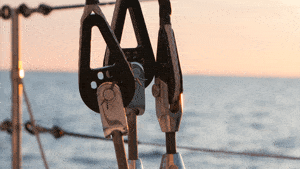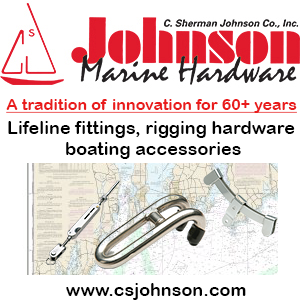By Bob Osborn
After the catastrophic hurricane Beryl swept a path of destruction through the SE Caribbean last June, cruisers are rethinking their summer storage plans.
For cruisers weary from the arduous north/south run every season, many have been storing their boats in the Caribbean for the summer but with intensifying summer storms and increasingly restrictive insurance policies, the question of where to keep a boat during the off-season that will be safe from hurricanes.
Every summer many store their boats in the “zone” with the assumption that the odds are in their favor and that any given island is not likely to be hit by a strong storm more than perhaps once a decade.
From my perspective, those odds are not particularly good and I wonder, “would you walk across a busy street with a bag over your head if the odds of being struck and killed are only about one in ten?” I doubt that many would take those odds and yet assume that the risk of storm damage somehow seems less.
The devastation of the BVI and other islands in 2017 by Hurricane Maria and more recently last June in the SE Caribbean by Beryl will be hard to forget with so many losing their boats in areas that have traditionally been seen as fairly safe. Even those who left their boats in supposed “hurricane holes” did not fare well when Hurricane Beryl roared through.
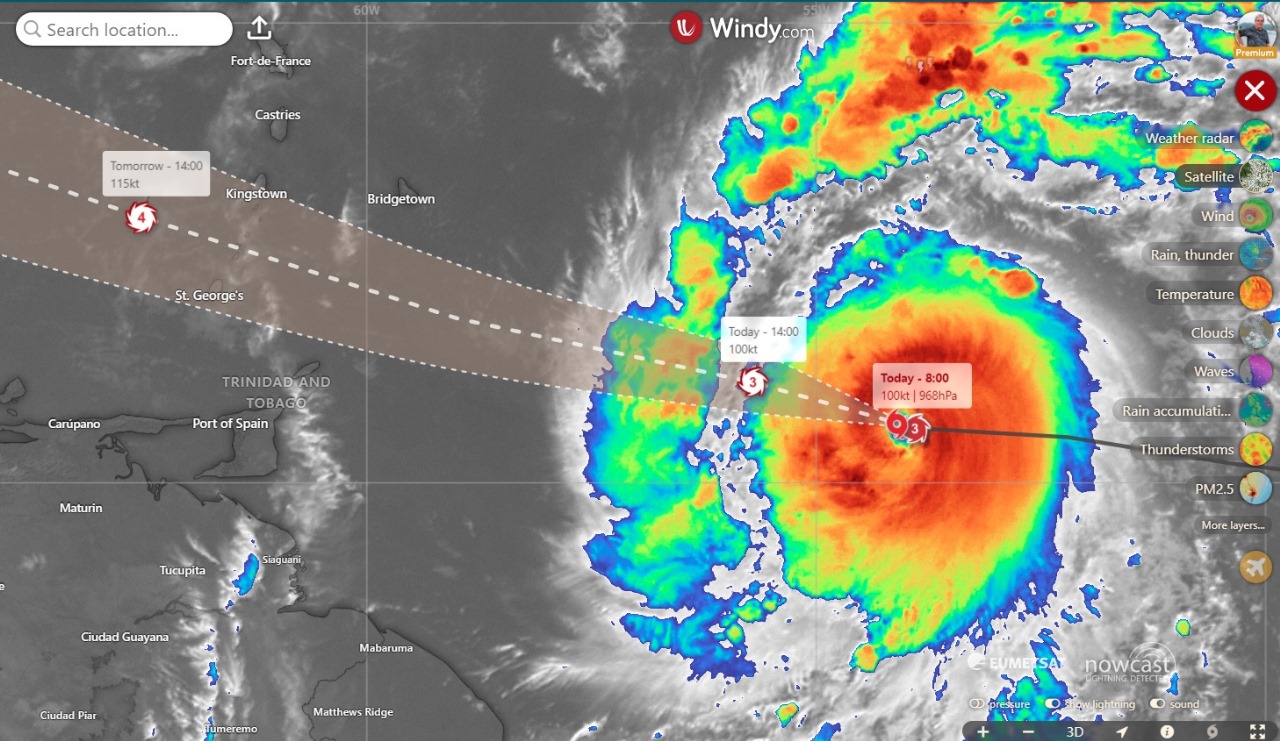
In spite of more than a decade of sometimes arduous north/south annual passages, I was never enthusiastic about leaving Pandora so far from home. In part because of the very real risk of storm damage from summer hurricanes and the often hard to find affordable insurance coverage.
However, Pandora, launched in 2007, was showing signs of age, something had to be done and I was frankly tired of the 3,000-mile round trip from the Caribbean to New England, year after year.
It was time to consider options for summer storage, but where?
I have worked for years with Chris Parker of Marine Weather Center and posed this question to him who feels that there is simply no place in the Eastern Caribbean that is truly safe from a direct hurricane hit except Trinidad.
Chris says that Trinidad is generally safe from major storms due to the proximity of the island to the Equator where the Coriolis effect breaks down leaving hurricanes unable to maintain their characteristic spin and dangerous winds.
Even when Ivan passed just to the south of the island of Grenada in 2004, the closest that any hurricane has come to Trinidad in decades, the damage to Trinidad was minimal. In part, this was because to be hit by the southern quadrants of a hurricane are generally nowhere as damaging as the northern quadrant where the wind speed is added to the forward motion of the storm.
Grenada has historically been viewed as relatively safe during the hurricane season. However, that island has been hit by several devastating storms, most recently when hurricane Ivan raked the island in 2004. In June, 2024, fearing the wrath of approaching Beryl, hundreds of boats headed south to Trinidad and safety.
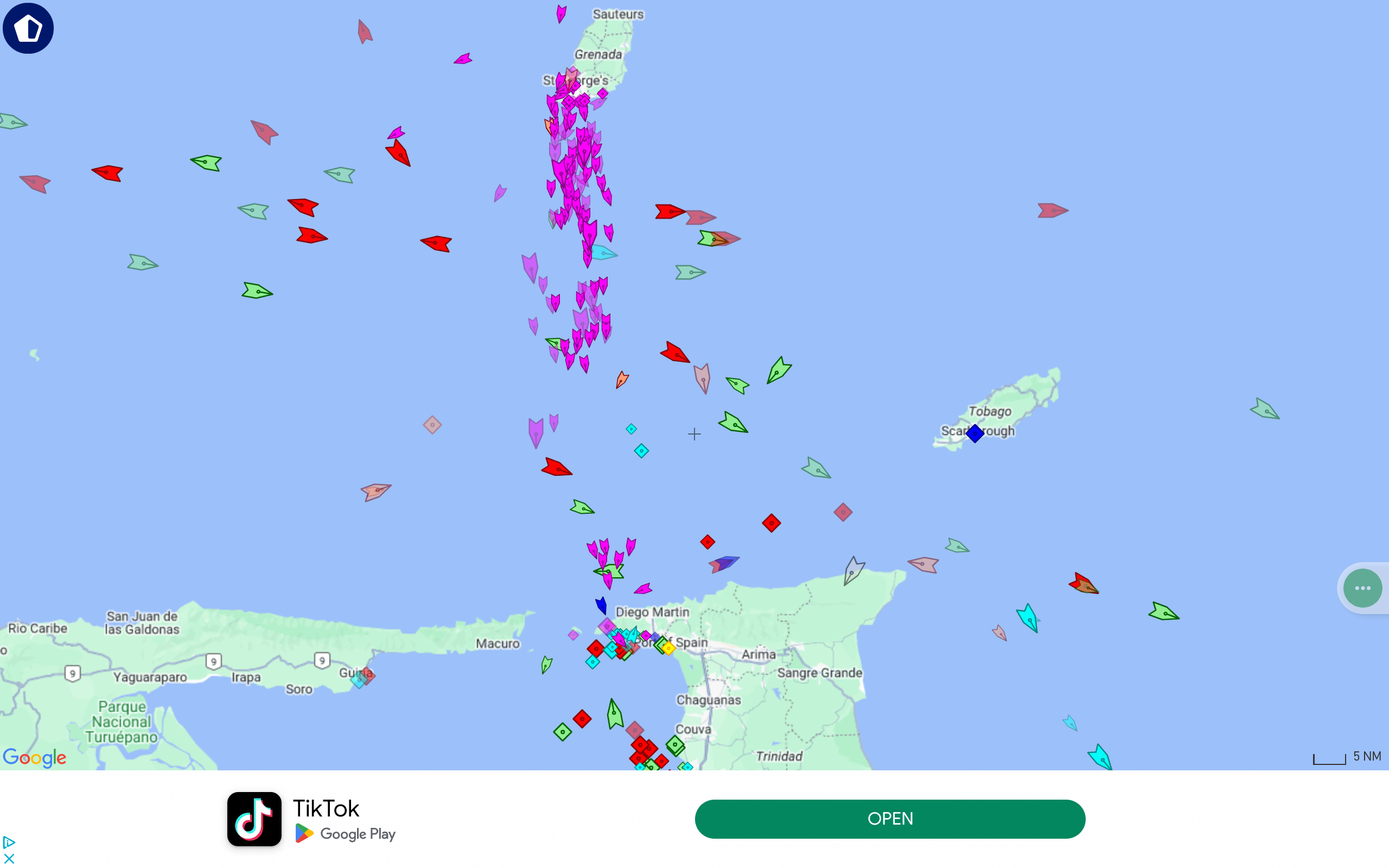
Chris Parker remarked that had Beryl’s path been even 25 miles farther south, the damage to Grenada would have been significant.
For me, beyond avoiding the risk of hurricanes, my need was to find a place to have some critical work including major deck repairs taken care of.
Last May, after a season of cruising the eastern Caribbean, I delivered Pandora to Powerboats Marina in Trinidad. I had never been to Trinidad and was stunned by how hot it was but within hours of my arrival Pandora was hauled and a large AC unit installed in a deck hatch to keep me and the boat comfortable and free from excessive humidity for the summer.
The proximity to Venezuela is concerning to many but security in the marina is very tight and many who have stored their boats there for years were very positive about their experience.
In June, with work on Pandora well underway, as Beryl passed to the north, I could not help but wonder what it would have been like had Pandora been stored just a short distance to the north where so many boats met their end.
With more intense storms forecast in the coming years and more restrictive insurance policies, there is little doubt that cruisers will be even more focused on keeping their boats in an area that is free from harm.
For those who wish to use their boats year-round or live aboard, leaving their boats in the Caribbean for the summer may not make sense, but for seasonal cruisers, finding a place to keep their boats safe and to get quality work done at a fair price, Trinidad checks the boxes.
The author, Bob Osborn, is Rally Director of the Salty Dawg Sailing Association and immediate past president. He sails seasonally, with his wife Brenda, aboard their 2007 Aerodyne 47, monohull. In the spring he will be leading the first Salty Dawg Rally to the Azores.
He can be reached at Bob@saltydawgsailing.org
Resources:
Chris Parker, Marine Weather Center. https://www.mwxc.com/
Salty Dawg Sailing Association, a not-for-profit, Blue Water educational organization. www.saltydawgsailing.org
www.sailpandora.com The author has kept a blog, now with over 1,000 posts, for many years, chronicling their travels, writing about many popular cruising areas.



